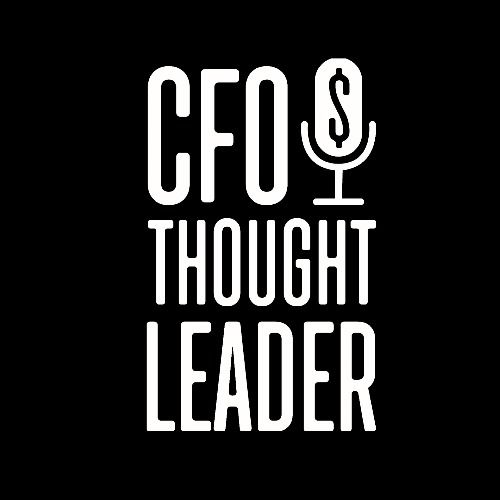971: Navigating Growth & Transformation | Sam Kemp, CFO, Built
Looking back on his days with GoDaddy, Sam Kemp recalls a pivotal page in the domain registry giant’s strategic M&A playbook.
As he prepared to present to the executive team his analysis of a recent acquisition, he included a simple slide to convey data that would challenge the company’s conventional thinking around acquisitions and how—free from the limitations of this thinking—GoDaddy’s newest acquisition could serve as a strategic lever for the company at large.
This driver, Kemp tells us, would challenge the high regard in which GoDaddy’s management team held new “profit pools” and the transactions that triggered them.
Recalls Kemp: “We decided to do a very counterintuitive thing: to not have a profit pool for the latest acquisition—in order to achieve faster adoption vis-à-vis price competition—and instead to use it to establish profit pools inside other categories that were related to it. This turned out to be a very successful strategy, and something that scaled really nicely.”
As the somewhat revolutionary slide illuminated the room, a collective focus sharpened among those at the table. Kemp then explained how the strategy would no longer be about short-term gains but about leveraging the acquisition to expand the company’s presence and to push profit pools into other connected categories.
For Kemp, who had been appointed chief strategy officer after a stint running Investor relations, the gathering became a moment when strategy and numbers intertwined to offer a clear vision of how to move into the future. Going forward, GoDaddy management became dedicated to the idea that M&A was about not just making an acquisition work financially but also integrating it into a broader strategic framework that would enable the company to capture more significant market opportunities.
Adds Kemp: “This slide, in this very simple format, was simply able to crystallize our perspective with regard to how we wanted to move forward as a business.” –Jack Sweeney


